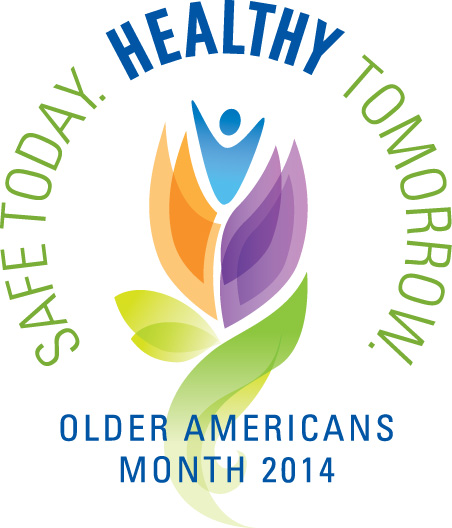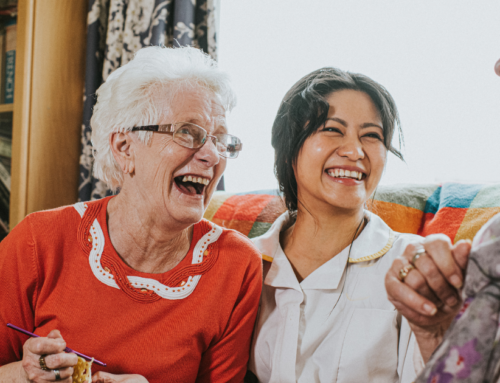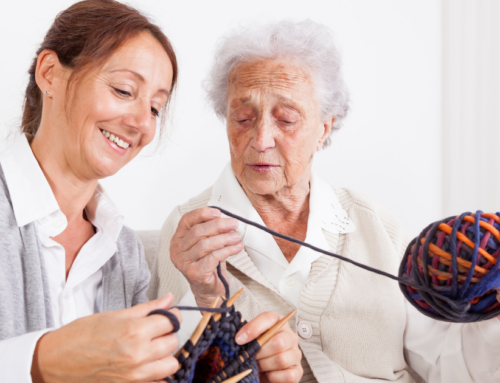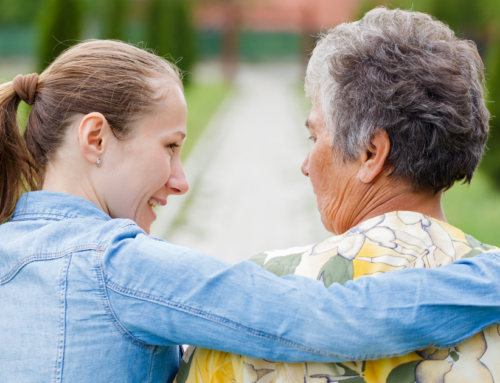Each May, the nation celebrates Older Americans Month and this year the theme is Safe Today. Healthy Tomorrow. Older adults are at a much higher risk of accidental injury and death than the rest of the population. According to the National Council on Aging “Falls remain the leading cause of injury death for older Americans. Falls threaten seniors’ safety and independence and generate enormous economic and personal costs.”
The Center for Disease Control and Prevention (CDC) monitors fall-related injuries and associated costs. In a new study, the CDC reports that from 1999 to 2010, the number of fall deaths among older adults more than doubled. According to the report, one in three adults over the age of 65 fall each year, which is also the leading cause of both fatal and non-fatal injuries in the elderly, as well as the most common cause of traumatic brain injury. Of those who fall, 20-30% suffer moderate to severe injuries such as lacerations, hip fracture or head traumas, increasing the risk of early death, making it more difficult to get around, or to live independently. In 2010, the direct medical cost of falls was $30 billion; by 2020, the annual direct and indirect cost of fall injuries is expected to reach $54.9 billion.
Other key findings include:
- In 2010, 49% of death by falling involved a head injury and 30% involved a hip fracture.
- Of the 21,649 fall deaths in 2010, two thirds occurred inside the home.
- The rate of falls within one’s home is highest among individuals over 75.
- Being 85 or older, and female, was associated with the likelihood that a fall will result in a serious injury.
- Falls in the bathroom were over twice as likely to result in an injury compared to falls in a living room.
According to Older Adult Falls in the January 2013 Washington State Injury and Violence Prevention Guide, “In 2010, falls were the leading cause of injury-related hospitalizations in WA. Falls were the third leading cause of injury-related deaths, and adults age 65 or older had over two thirds of the hospitalized falls and 83% of fall-related deaths.”
Statistics aside, falls cause pain and suffering, and have a huge impact on quality of life. According to the CDC, “Many seniors fear falling and, as a result, will often limit their activities. These limitations can result in further physical decline, depression, social isolation, and feelings of helplessness. Often it is the fear of falling that leads to reduced mobility and loss of physical fitness, and in turn increases the actual risk of falling.”
Many falls can be prevented through changes in environment and behavior. The CDC suggests that all seniors:
- Engage in regular exercise to improve balance and core strength.
- Have an annual medication review by a doctor or pharmacist,
- Have an annual eye exam and eye glasses review,
- Have regular health screenings,
- Maintain a healthy diet with an adequate intake of calcium and Vitamin D to maintain bone strength.
- Make home modifications that remove tripping hazards and improve lighting. This will also help reduce a senior’s chance of suffering a damaging fall.





